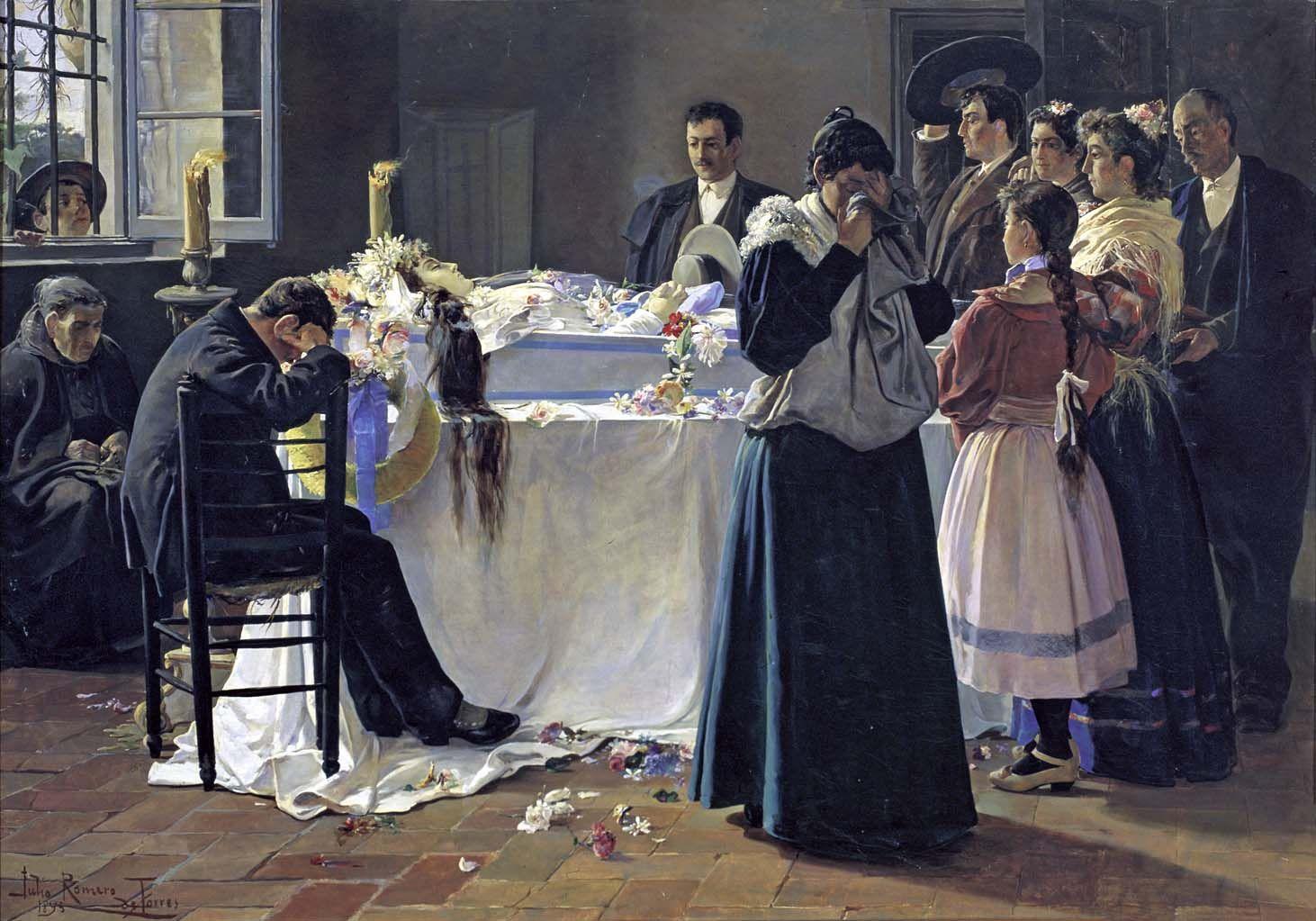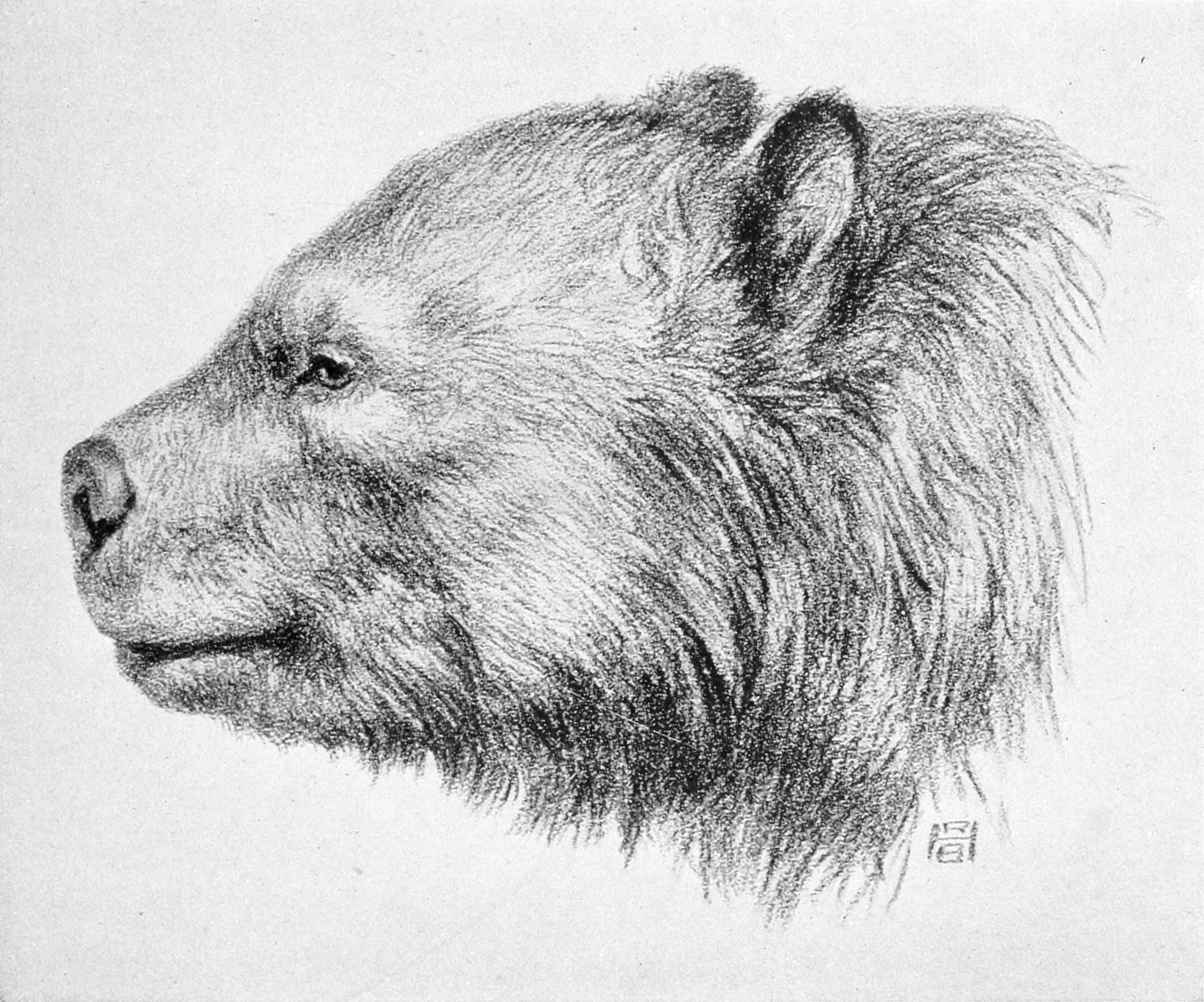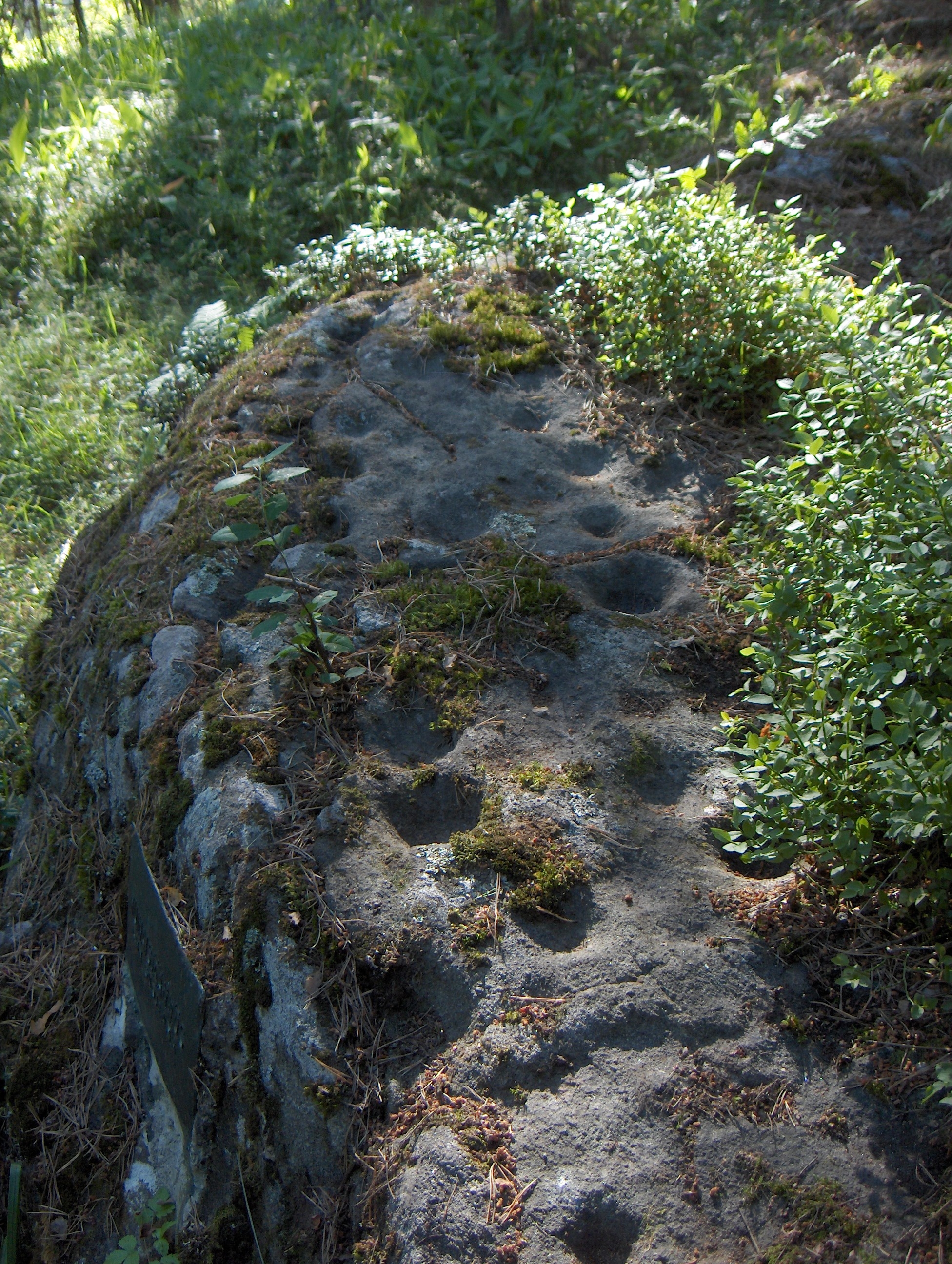|
Peijaiset
Peijaiset (in dialectal forms peijahaiset, peijaat or peijaajaiset) is a Finnish concept, dating to pre-Christian times, denoting a memorial feast (akin to a wake) that was held in the honour of a slain animal, particularly the bear, the animal most sacred to ancient Finns. In modern-day usage, it often refers to the celebrations following a successful elk hunt, or a feast at the end of a hunting season. It may also be used in a figurative sense, denoting any memorial held for things that have come to an end ("peijaiset" over e.g. bankrupt companies). Traditionally, it referred to wakes for humans and animals, but also other celebrations, depending on the region in question. Karhunpeijaiset is a celebration held for the soul of a bear after a bear hunt. Traditionally, a bear was never "hunted"; it was merely ''brought down''. A single man could claim to have hunted and killed a bear, but when the entire community was involved, the bear was simply said to have died. The bear's ... [...More Info...] [...Related Items...] OR: [Wikipedia] [Google] [Baidu] |
Wake (ceremony)
A wake is a social gathering associated with death, held before or after a funeral. Traditionally, a wake involves family and friends keeping watch over the body of the dead person, usually in the home of the deceased. Some wakes are held at a funeral home or another convenient location. The wake or the viewing of the body is a part of death rituals in many cultures. It allows one last interaction with the dead, providing a time for the living to express their thoughts and feelings with the deceased. It highlights the idea that the loss is borne by the whole community and is a way of honoring the deceased member. The emotional tone of a wake is sometimes seen as more positive than a funeral due to the socially supportive atmosphere and the focus on the life rather than the death of the deceased. __NOTOC__ Origin The term originally referred to a late-night prayer vigil but is now mostly used for the social interactions accompanying a funeral. While the modern usage of t ... [...More Info...] [...Related Items...] OR: [Wikipedia] [Google] [Baidu] |
Eurasian Brown Bear
The Eurasian brown bear (''Ursus arctos arctos'') is one of the most common subspecies of the brown bear, and is found in much of Eurasia. It is also called the European brown bear, common brown bear, common bear, and colloquially by many other names. The genetic diversity of present-day brown bears (''Ursus arctos'') has been extensively studied over the years and appears to be geographically structured into five main clades based upon analysis of the mtDNA. Description The Eurasian brown bear has brown fur, which ranges from yellowish-brown to dark brown, red-brown, and almost black in some cases; albinism has also been recorded. The fur is dense to varying degrees and the hair can grow up to in length. The head normally is quite round in shape and has relatively small rounded ears, a wide skull and a mouth equipped with 42 teeth, including predatory teeth. It has a powerful bone structure and large paws equipped with claws that can grow up to in length. The weight varie ... [...More Info...] [...Related Items...] OR: [Wikipedia] [Google] [Baidu] |
Moose
The moose (in North America) or elk (in Eurasia) (''Alces alces'') is a member of the New World deer subfamily and is the only species in the genus ''Alces''. It is the largest and heaviest extant species in the deer family. Most adult male moose have distinctive broad, palmate ("open-hand shaped") antlers; most other members of the deer family have antlers with a dendritic ("twig-like") configuration. Moose typically inhabit boreal forests and temperate broadleaf and mixed forests of the Northern Hemisphere in temperate to subarctic climates. Hunting and other human activities have caused a reduction in the size of the moose's range over time. It has been reintroduced to some of its former habitats. Currently, most moose occur in Canada, Alaska, New England (with Maine having the most of the lower 48 states), New York State, Fennoscandia, the Baltic states, Poland, Kazakhstan, and Russia. Its diet consists of both terrestrial and aquatic vegetation. Predators of moo ... [...More Info...] [...Related Items...] OR: [Wikipedia] [Google] [Baidu] |
Hunting
Hunting is the human practice of seeking, pursuing, capturing, or killing wildlife or feral animals. The most common reasons for humans to hunt are to harvest food (i.e. meat) and useful animal products ( fur/ hide, bone/tusks, horn/antler, etc.), for recreation/taxidermy (see trophy hunting), to remove predators dangerous to humans or domestic animals (e.g. wolf hunting), to eliminate pests and nuisance animals that damage crops/livestock/poultry or spread diseases (see varminting), for trade/tourism (see safari), or for ecological conservation against overpopulation and invasive species. Recreationally hunted species are generally referred to as the ''game'', and are usually mammals and birds. A person participating in a hunt is a hunter or (less commonly) huntsman; a natural area used for hunting is called a game reserve; an experienced hunter who helps organize a hunt and/or manage the game reserve is known as a gamekeeper. Many non-human animals also hunt (see p ... [...More Info...] [...Related Items...] OR: [Wikipedia] [Google] [Baidu] |
Skull
The skull is a bone protective cavity for the brain. The skull is composed of four types of bone i.e., cranial bones, facial bones, ear ossicles and hyoid bone. However two parts are more prominent: the cranium and the mandible. In humans, these two parts are the neurocranium and the viscerocranium ( facial skeleton) that includes the mandible as its largest bone. The skull forms the anterior-most portion of the skeleton and is a product of cephalisation—housing the brain, and several sensory structures such as the eyes, ears, nose, and mouth. In humans these sensory structures are part of the facial skeleton. Functions of the skull include protection of the brain, fixing the distance between the eyes to allow stereoscopic vision, and fixing the position of the ears to enable sound localisation of the direction and distance of sounds. In some animals, such as horned ungulates (mammals with hooves), the skull also has a defensive function by providing the mount (on the ... [...More Info...] [...Related Items...] OR: [Wikipedia] [Google] [Baidu] |
Marriage
Marriage, also called matrimony or wedlock, is a culturally and often legally recognized union between people called spouses. It establishes rights and obligations between them, as well as between them and their children, and between them and their in-laws. It is considered a cultural universal, but the definition of marriage varies between cultures and religions, and over time. Typically, it is an institution in which interpersonal relationships, usually sexual, are acknowledged or sanctioned. In some cultures, marriage is recommended or considered to be compulsory before pursuing any sexual activity. A marriage ceremony is called a wedding. Individuals may marry for several reasons, including legal, social, libidinal, emotional, financial, spiritual, and religious purposes. Whom they marry may be influenced by gender, socially determined rules of incest, prescriptive marriage rules, parental choice, and individual desire. In some areas of the world, arrang ... [...More Info...] [...Related Items...] OR: [Wikipedia] [Google] [Baidu] |
Bears
Bears are carnivoran mammals of the family Ursidae. They are classified as caniforms, or doglike carnivorans. Although only eight species of bears are extant, they are widespread, appearing in a wide variety of habitats throughout the Northern Hemisphere and partially in the Southern Hemisphere. Bears are found on the continents of North America, South America, Europe, and Asia. Common characteristics of modern bears include large bodies with stocky legs, long snouts, small rounded ears, shaggy hair, plantigrade paws with five nonretractile claws, and short tails. While the polar bear is mostly carnivorous, and the giant panda feeds almost entirely on bamboo, the remaining six species are omnivorous with varied diets. With the exception of courting individuals and mothers with their young, bears are typically solitary animals. They may be diurnal or nocturnal and have an excellent sense of smell. Despite their heavy build and awkward gait, they are adept runners, cli ... [...More Info...] [...Related Items...] OR: [Wikipedia] [Google] [Baidu] |
Iomante
, sometimes written as , is an Ainu ceremony in which a brown bear is sacrificed. The word literally means "to send something/someone off". In some Ainu villages, it is a Blakiston's fish owl, rather than a bear, that is the subject of the ceremony. In Japanese, the ceremony is known as or, sometimes, . In the modern day, the ceremony no longer involves the killing of an animal, but is performed for wild animals that die in accidents or captive animals that die of old age. Practice Trappers set out to the bear caves at the end of winter, while the bears are still in a state of torpor. If they find a newborn cub, they kill the mother and take the cub back to the village, where they raise it indoors, as if it were one of their own children. It is said that they even provide the cub with their own breast milk. When the cub grows larger, they take it outdoors, and put it into a small pen made of logs. Throughout their lives, the bears are provided with high-quality food. The cubs ... [...More Info...] [...Related Items...] OR: [Wikipedia] [Google] [Baidu] |
Vakkajuhlat
Finnish paganism Religious rituals Finnish culture (English: "Vakka festival". Finnish "bushel", certain kind of wooden container) also known as ("Ukko's ''s''". Finnish "Old man", in this context familiar term for "overlord, highest of the gods") or simply (Vakkas), was a sacred festival celebrated in Finland in honor of the god Ukko. The were commonly held in May coinciding with the spring sowing. During ''s'' it was customary to consume or otherwise offer a container or some other vessel (Finnish: ) of an alcoholic beverage or food as sacrifice. It appears that often the festival was held in the community's sacred grove or where an animal sacrifice was sometimes also performed as part of the same festival. This ceremony was believed to guarantee good weather for the coming year and thus a good harvest. They were often held close to holy springs, and included dancing. After introduction of Christianity, other religious activities were banned as idolatry, but the festiv ... [...More Info...] [...Related Items...] OR: [Wikipedia] [Google] [Baidu] |
Animal Sacrifice
Animal sacrifice is the ritual killing and offering of one or more animals, usually as part of a religious ritual or to appease or maintain favour with a deity. Animal sacrifices were common throughout Europe and the Ancient Near East until the spread of Christianity in Late Antiquity, and continue in some cultures or religions today. Human sacrifice, where it existed, was always much rarer. All or only part of a sacrificial animal may be offered; some cultures, like the ancient and modern Greeks, eat most of the edible parts of the sacrifice in a feast, and burnt the rest as an offering. Others burnt the whole animal offering, called a holocaust. Usually, the best animal or best share of the animal is the one presented for offering. Animal sacrifice should generally be distinguished from the religiously prescribed methods of ritual slaughter of animals for normal consumption as food. During the Neolithic Revolution, early humans began to move from hunter-gatherer cult ... [...More Info...] [...Related Items...] OR: [Wikipedia] [Google] [Baidu] |
Bears In Religion
Bears are carnivoran mammals of the family Ursidae. They are classified as caniforms, or doglike carnivorans. Although only eight species of bears are extant, they are widespread, appearing in a wide variety of habitats throughout the Northern Hemisphere and partially in the Southern Hemisphere. Bears are found on the continents of North America, South America, Europe, and Asia. Common characteristics of modern bears include large bodies with stocky legs, long snouts, small rounded ears, shaggy hair, plantigrade paws with five nonretractile claws, and short tails. While the polar bear is mostly carnivorous, and the giant panda feeds almost entirely on bamboo, the remaining six species are omnivorous with varied diets. With the exception of courting individuals and mothers with their young, bears are typically solitary animals. They may be diurnal or nocturnal and have an excellent sense of smell. Despite their heavy build and awkward gait, they are adept runners, cli ... [...More Info...] [...Related Items...] OR: [Wikipedia] [Google] [Baidu] |
Finnish Paganism
Finnish paganism is the indigenous pagan religion in Finland and Karelia prior to Christianisation. It was a polytheistic religion, worshipping a number of different deities. The principal god was the god of thunder and the sky, Ukko; other important gods included Jumo (Jumala), Ahti, and Tapio. Jumala was a sky god; today, the word "Jumala" refers to all gods in general. Ahti was a god of the sea, waters and fish. Tapio was the god of forests and hunting. Finnish paganism shows many similarities with the religious practices of related cultures, such as Estonian, Mordvin, Mari, Sami and other Eurasian paganism. It shares some features with its neighbouring Baltic, Norse and Germanic paganisms. The organic tradition was sidelined due to Christianization starting from ca. 12th century and finally broken by the early 20th century, when folk magic and oral traditions went extinct. Finnish paganism provided the inspiration for a contemporary pagan movement Suomenusko ( ... [...More Info...] [...Related Items...] OR: [Wikipedia] [Google] [Baidu] |

_female_3.jpg)






